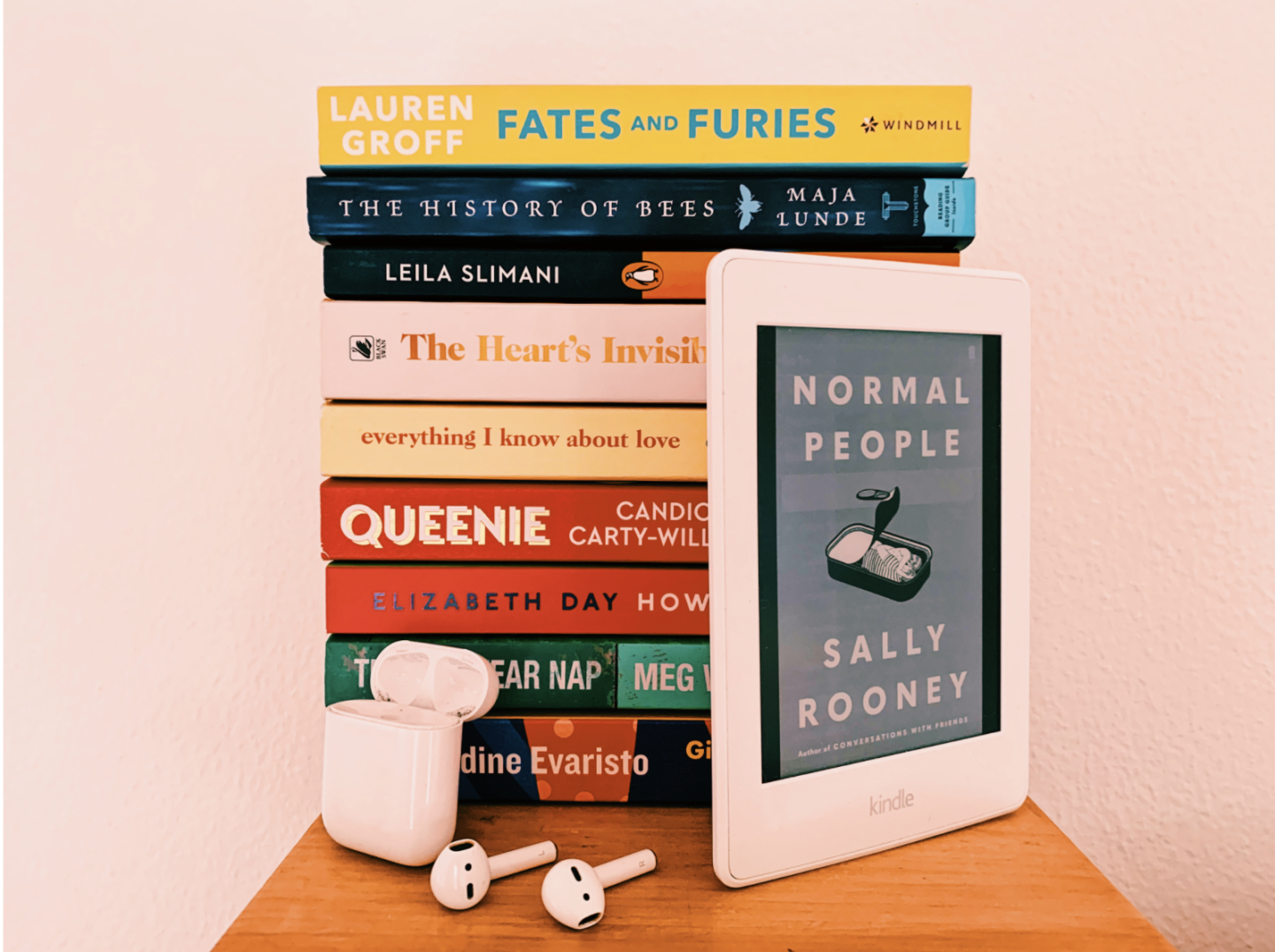
It’s perhaps an understatement to say I love books, and I devour them in any number of ways. I buy books; hardback, paperback, new or secondhand. Like any book lover, I curl up on the sofa, rest them in my lap, and disappear into the pages. I also have a Kindle, so in moments of impatience, I can download a new story and read into the night without disturbing a soul. Or, I can listen to chapters of audiobooks as I clock up the miles on countless school runs. I’ve got it all covered because I’m flexible in how I escape into my bookish world.
And yet recently as I met with my bookclub friends, having consumed that month’s novel on my Kindle as my family slept, I found myself hungrily scouring the room to see who had brought with them a paper copy. My eyes alighted on a colourful paperback, and without hesitation I gushed, “oh that’s what it looks like,” briefly asking permission from its owner to hold it, as one might politely ask a new mother if you can hold her baby. I ran my fingers over the cover, held it’s spine in my left hand and flicked through it’s pages with my right, unconsciously taking in the smell, the quality of the paper and style of the font. Then I closed it shut, rested it temporarily on my lap and sighing contentedly I returned it to its rightful owner, somewhat satiated, as if the book now had a real presence, something the ebook had not been able to deliver.
Despite ebooks becoming steadily established within the publishing world, the sale of print versions continue to climb. This is perhaps non-sensical in our current technological era, where ease and efficiency is an ideal, and paper and print seems environmentally wasteful and somewhat old-school. But, whilst I enjoy reading from any source, if a book touches me, I have a real desire to own it fully, which means in print form. The digital version feels like a library loan. So, there’s clearly more to the reading experience than eyes feasting on words alone.
For me, physical books are sensually decorative, in a way a hard, plastic electronic device can never be. There is a pleasure in feeling the weight of the words in your hands, savouring the visual presentation wrapping around the spine of a story. Who doesn’t relish a bookshelf with its unique kaleidoscopic barcode of titles? Even Marie Kondo, the self-proclaimed cleaning consultant who inspires a minimalist lifestyle recognises “books are one thing [people] just can’t part with” and advocates her followers “gently stroke the book covers” before deciding whether to part company with them.
Traditional books hold so much promise; something precious to share, gift or receive. They become priceless when annotated with loving messages, or as the keeper of memories from pressed flowers, to train ticket bookmarks. Aged by sunscreen or coffee cup rings, corners dog-eared to mark a special place, these unique characteristics imprint around the original story, and encourage an emotional connection I wonder is even possible with a digital book.